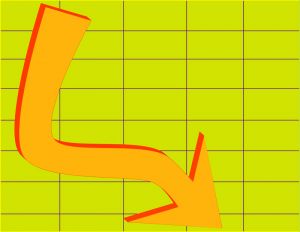Leave a Comment:
4 comments
I always thought that that the normal [not inverse or leverage] ETF of STI consists of a portfolio of stock in smaller size that make up the STI index so that the performance of this portfolio will strictly mimic the movement of the index.
An ex-future trader friend of mine said that this is not so because STI index is copyrighted and what the ETF producer does is construct a porfolio of stock that mimic the STI index but they are not the actual component stock that make up STI index. The ETF producer is selecting the stock that move in closely with the STI component stock. After the ETF is launched, the ETF performance may not be the same as the Index movement.
Can anyone confirm that is this true?
ReplyHi Newbie,
Some ETFs are swap-based in nature. These are synthetically created to track the index.
The issue will select a basket of stocks that will closely mimic the underlying index.
Obviously, there will be a slight difference in performance. This is the tracking error.
So, what the ETF does is to enter into a swap arrangement with a swap counterparty.
The swap counterparty will “take” the performance of the basket of stocks, and give the ETF the return of the underlying index.
Basically, what this means is that if the basket of stocks does better than the index, the outperformance will be paid to the swap counterparty. Conversely, if the basket of stocks underperform the index, the swap counterparty will have to make up the difference.
A number of the ETFs listed on our market are swap based in nature. The swap counterparty in most cases is the creator of the ETF or an entity affiliated to the creator.
ReplyI am deeply concerned with the way new ETFs are structured and sold. When ETFs were started several yrs ago, their intentions and objectives were good, viz to track a reliable and trustworthy index.
What the heck are we having now. Leveraged ETF, Inverse ETF, ETF that invests in ETFs etc. Very soon FIs may start selling risky structured notes disguised as ETFs.
I am afraid many unsuspecting retail investors may fall into a similar trap like what happened in 2008 with the Global Financial Crisis. This is because ETFs have previously been touted as generally safe investments, but ordinary investors may not understand the different versions of ETFs now being introduced. And MAS seems to be doing nothing about it.
ReplyHi VSL,
to be fair, other than DBXT S&P Short 10US$, we don’t have any of those inverse or leveraged ETFs listed here yet.
But investors do need to know the difference between cash based and swap based ETFs.
Reply
